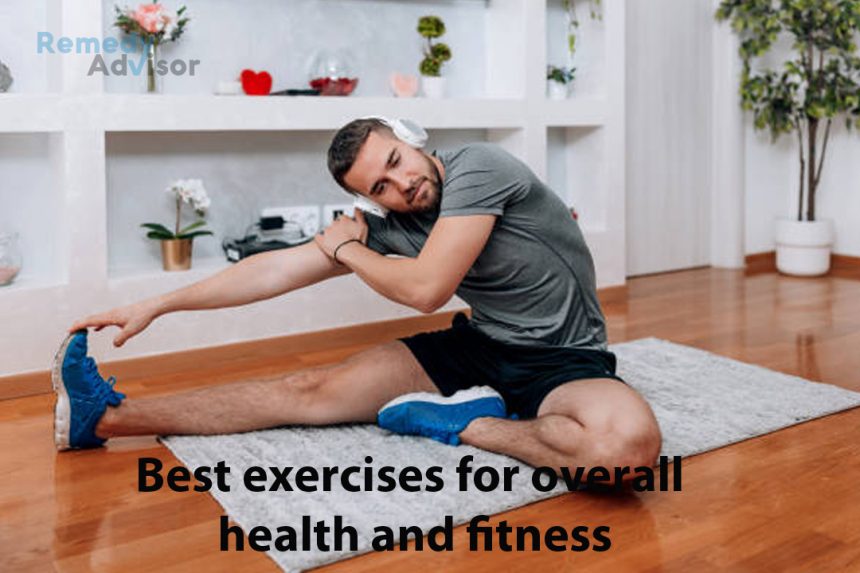Functional training is a form of exercise that strengthens the muscles that we use in everyday activities, such as standing, walking, sitting, doing chores and carrying packages.
How it works: Functional training helps integrate the limbs and the trunk muscles for fluid, powerful movements, puts your body into proper alignment, improves posture and balance and promotes deep breathing for relaxation.
A functional fitness routine can be incorporated into cardiovascular and strength-training workouts. The exercises described below are designed for people of all fitness levels and should be performed daily…
Sit up and take notice
Benefits: Corrects trunk alignment, including weak abdominal muscles that don’t provide sufficient support for the lower back and enhances stamina and endurance.
Good for: Carrying objects, walking and running and relieving muscle tension caused by working at a desk or a computer.
What to do: While sitting in a straight-backed chair, scrunch your shoulders up toward your ears, and then relax them. Inhale slowly while you raise your shoulders, and then exhale slowly as you lower them. Do this three to five times, feeling tension drain out of your shoulders and neck.
Next, sit tall, perched on your sit bones (you can find these by rocking side-to-side) and concentrate on stacking your hips, ribs, chest and head on top of each other like building blocks. Exhale powerfully while pulling your abdominal muscles inward toward your spine. Then pull your shoulders back gently. Take several deep breaths.
Finally, sit up tall, while picturing the tops of your ears stretching upward. This elongates the spine and improves respiratory function. Tighten your abdominals inward and upward toward your spine while exhaling forcefully three to five times.
The compass
Benefits: Strengthens your postural muscles (to improve coordination and balance) and reduces fatigue and stress on the legs, hips and back.
Good for: Relieving muscle soreness from extended standing as well as improving performance in all sports and physical activities.
What to do: With your feet flat on the ground about 12 inches apart, pretend you’re standing in the middle of a large compass. With exaggerated movements, shift your entire body toward each of the four main points on the compass north (forward), south (backward), east (to the right) and west (to the left) pausing momentarily at each point. Do this / three to five times. Contract your abdominal muscles and notice how your control improves.
Gradually make your movements smaller and smaller. Do this for 30 seconds. End by standing still and feeling your body weight evenly distributed.
The pelvis as a fish bowl
Benefits: Centers the hips and places the pelvis in neutral alignment, reducing stress on the legs, back and neck.
Good for: Lifting, getting in and out of bed and swinging a golf club or tennis racket.
What to do: Standing with your feet about 12 inches apart, contract your stomach muscles and draw them inward and up toward your spine. Picture your hips as a fish bowl filled with water, with the bowl’s rim at your waistline. Now tip your hips forward slightly and visualize water spilling out of the front of the fish bowl.
Next, tip your hips backward slightly and visualize water sloshing out of the back of the bowl. Finally, balance the fish bowl so that the rim is perfectly level. This is your pelvis’s “neutral” position. Throughout the day, assume this position as you stand up, walk and sit.







